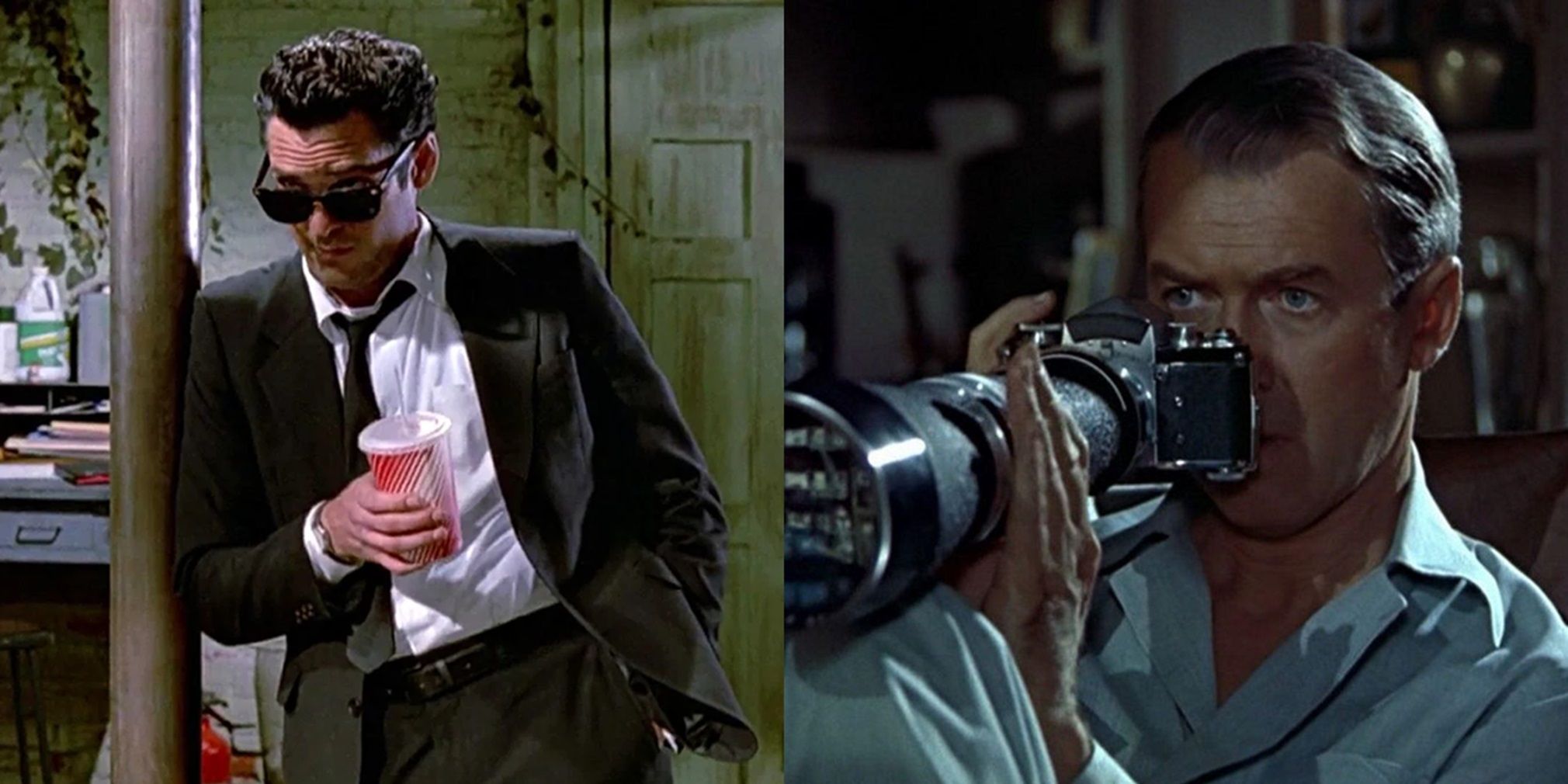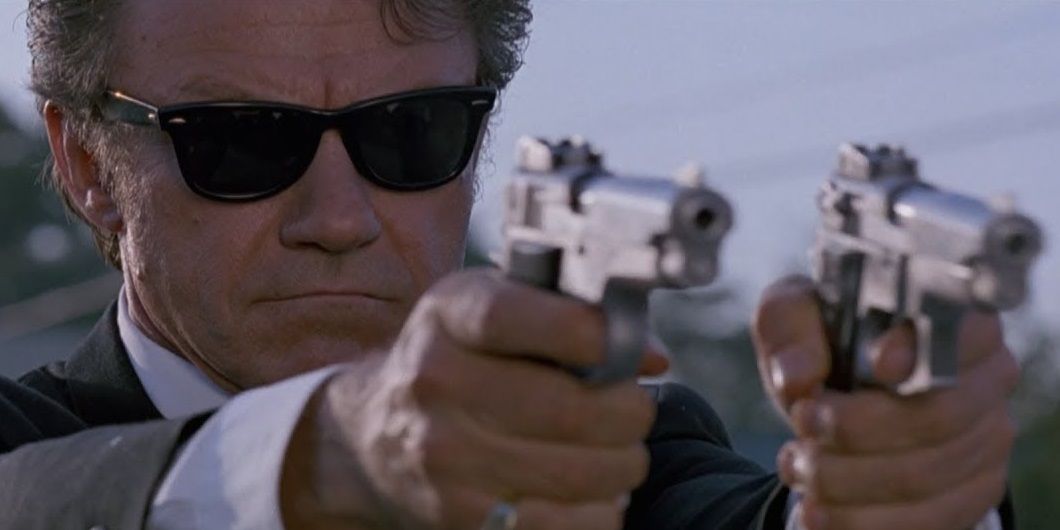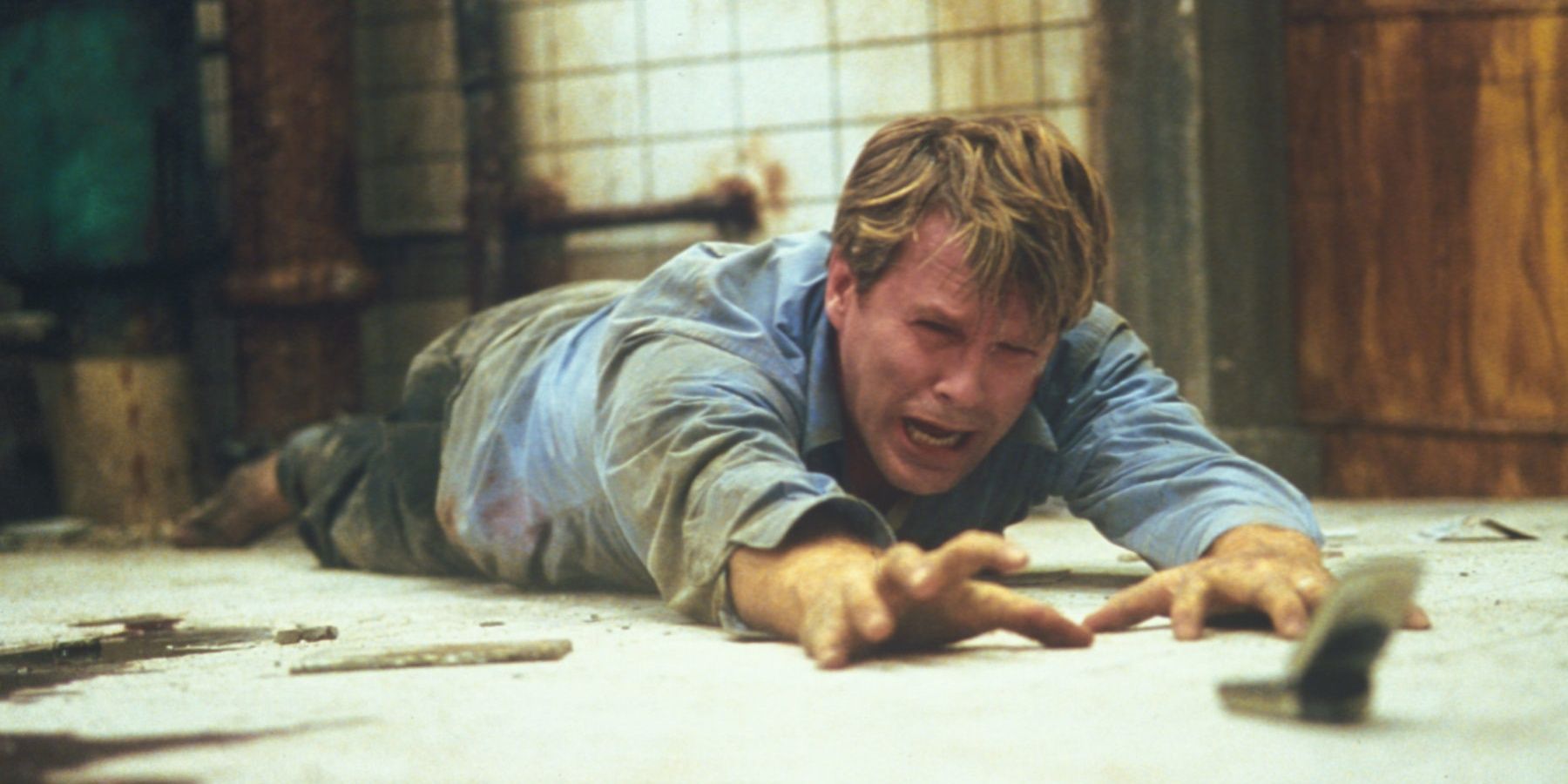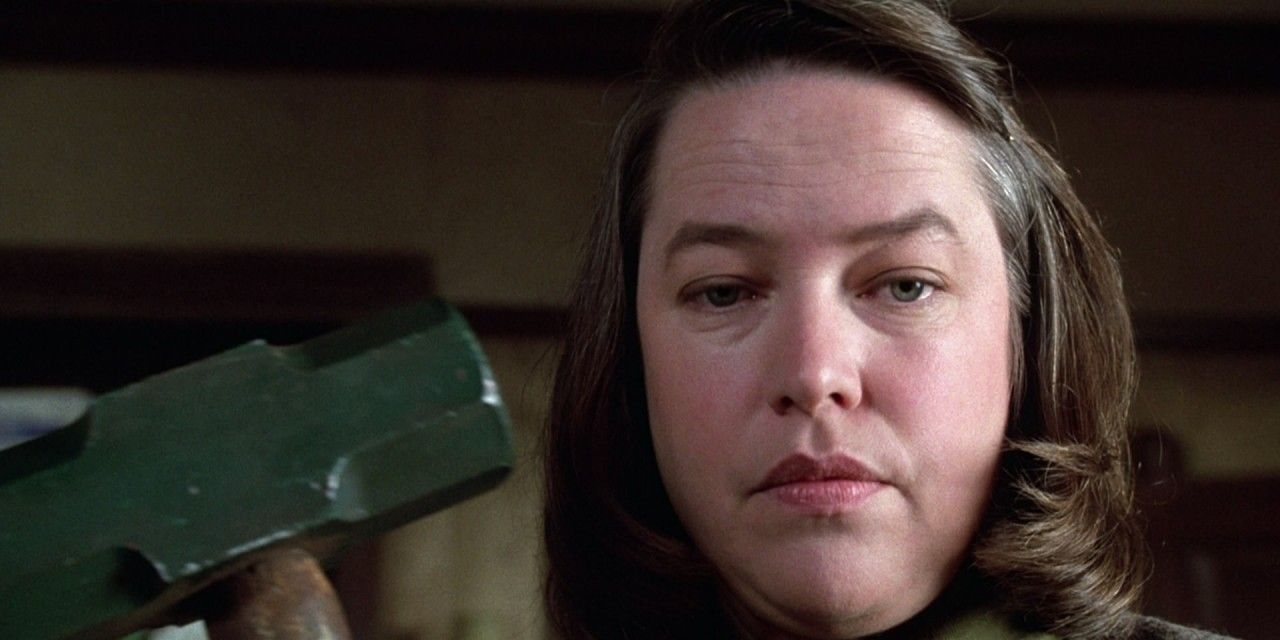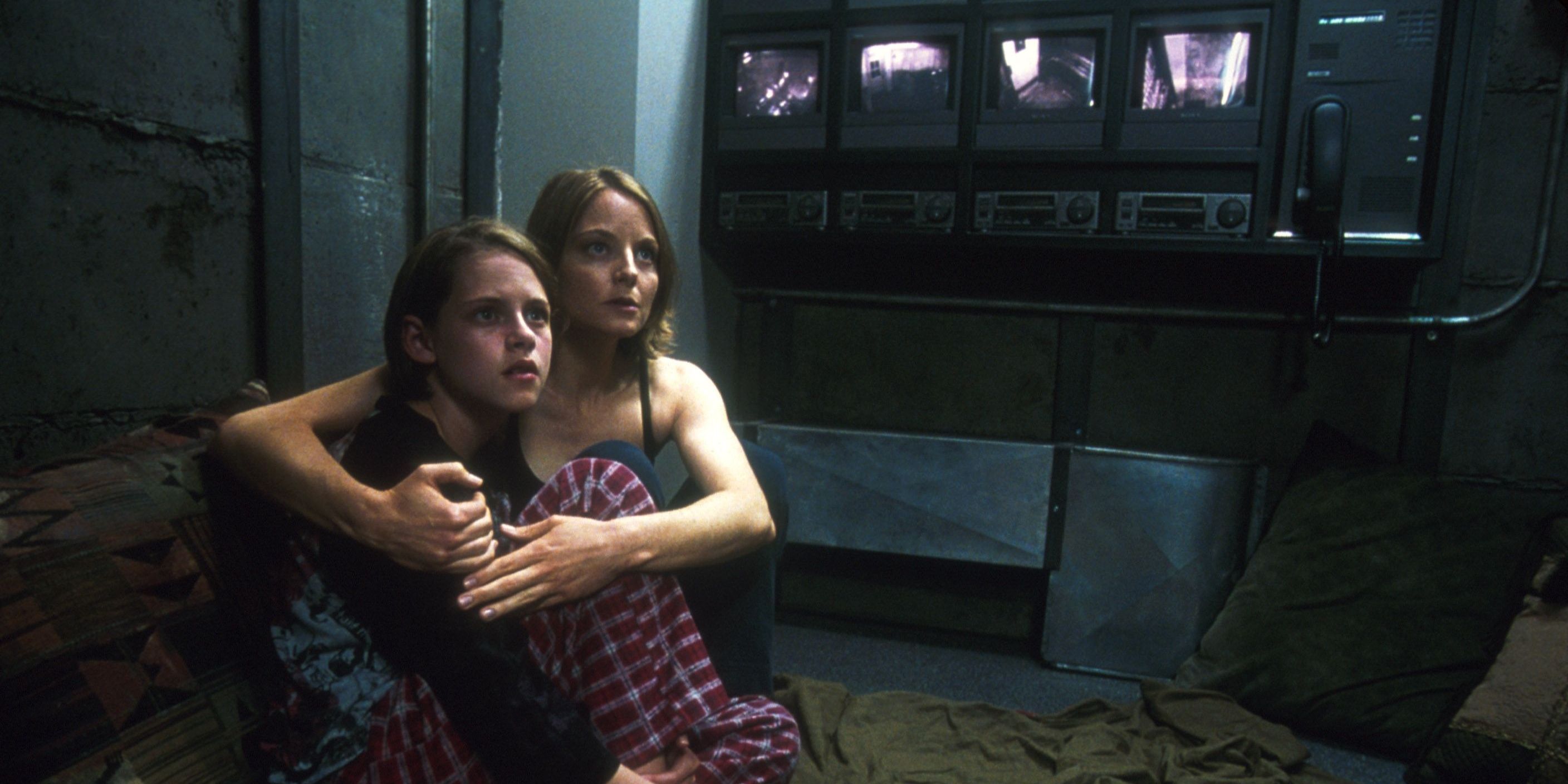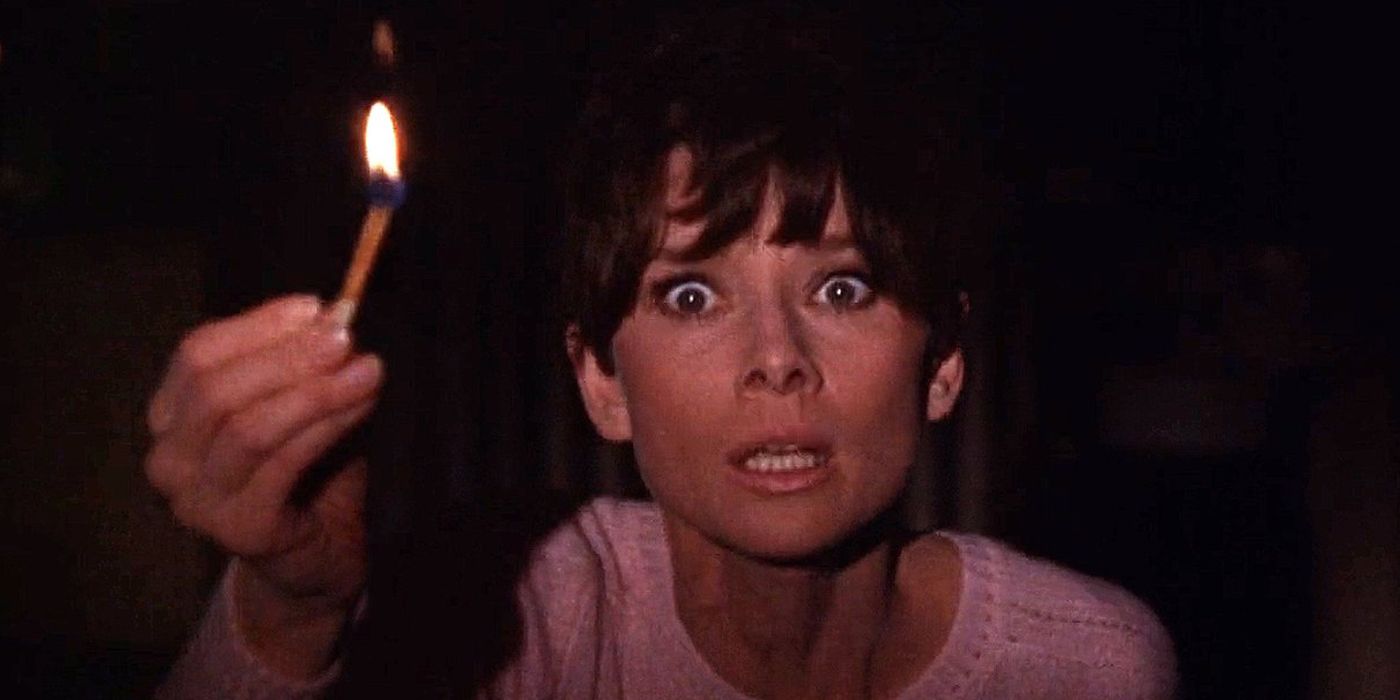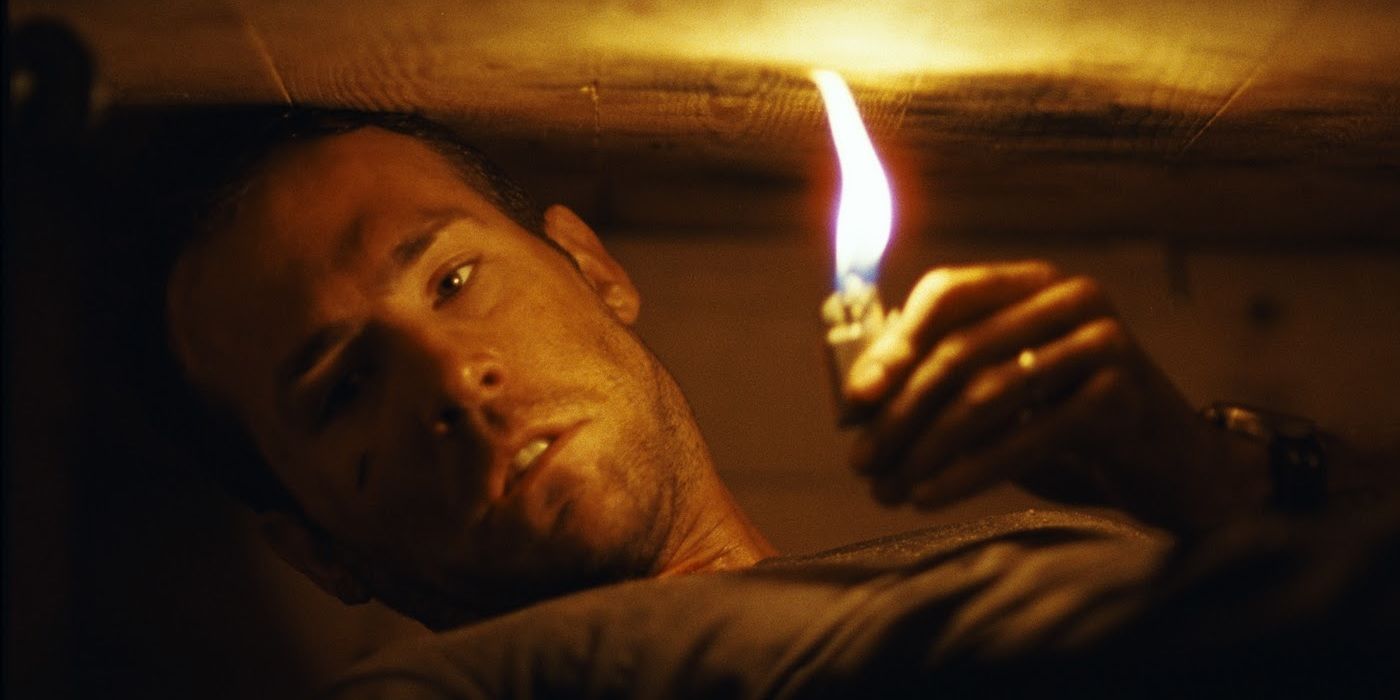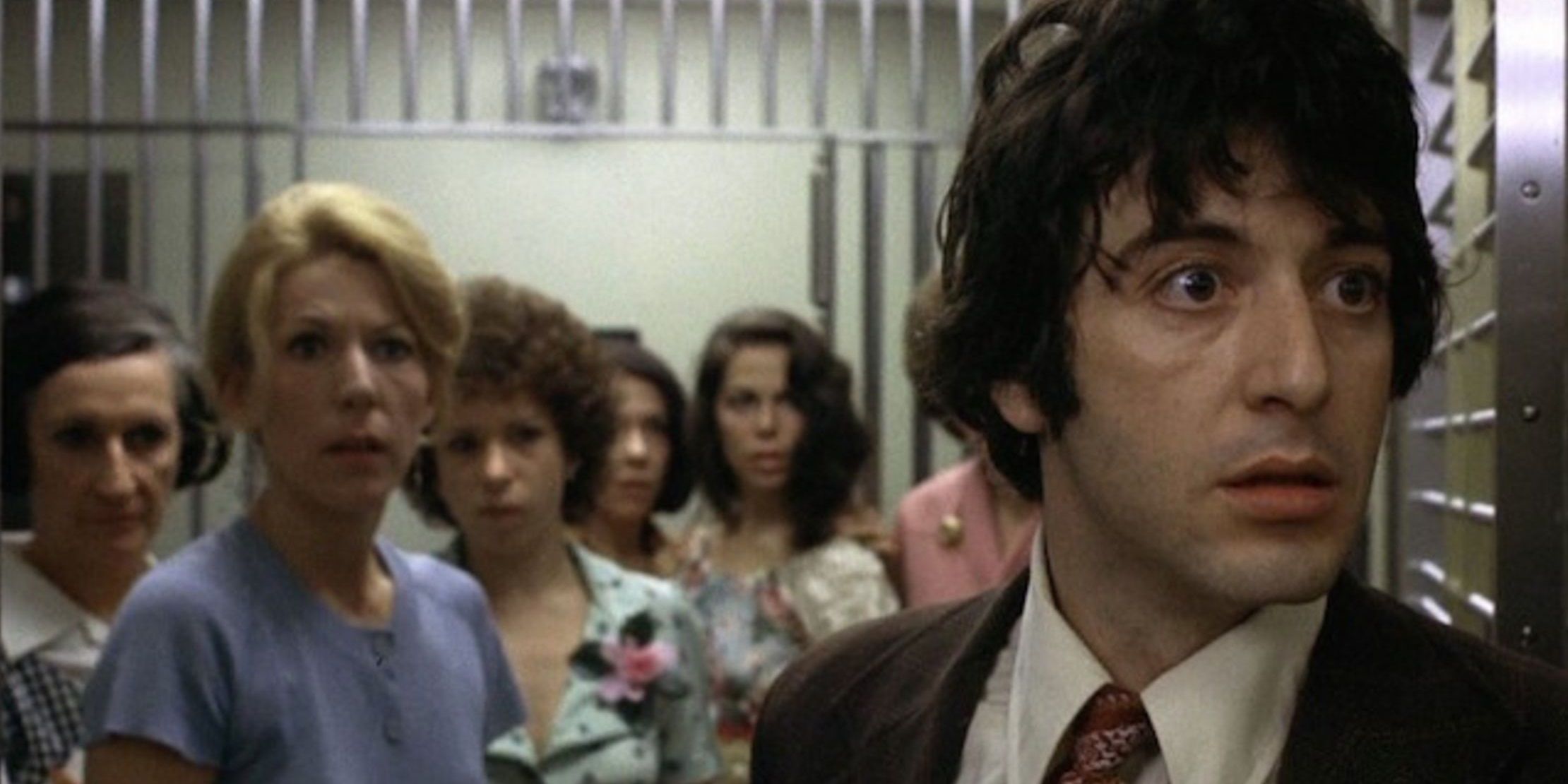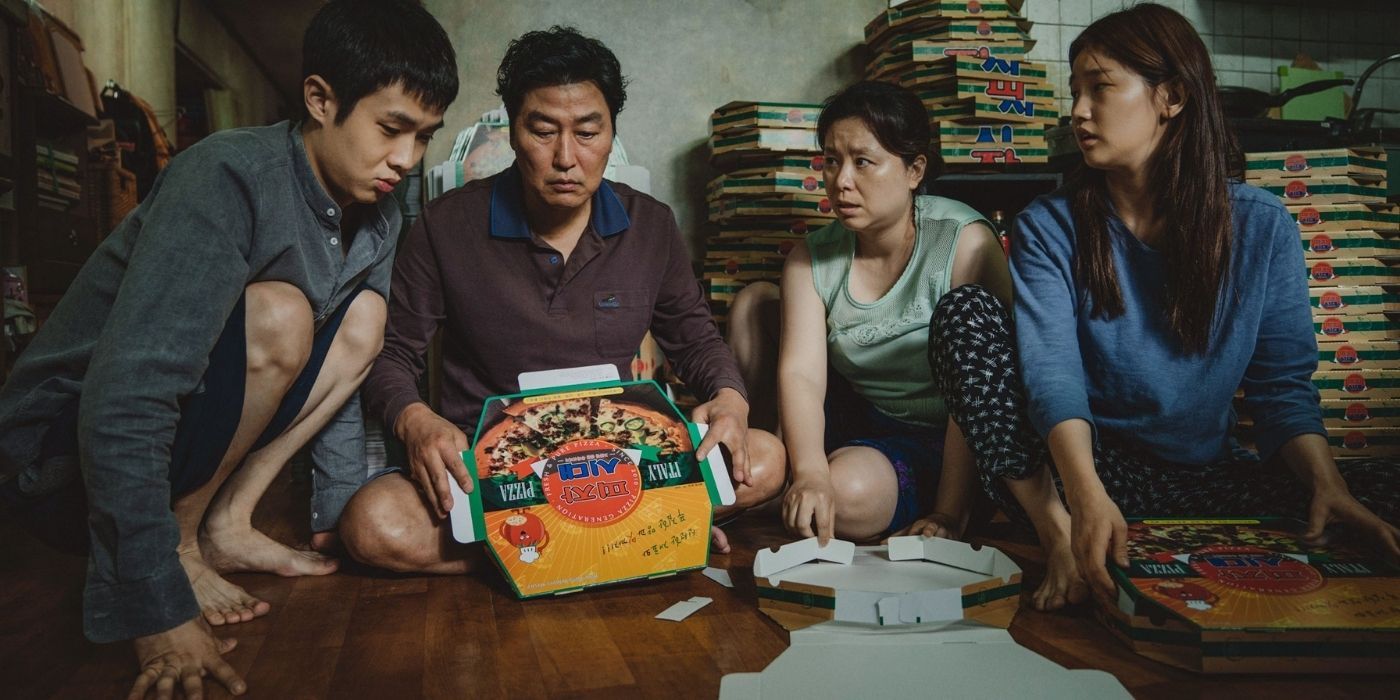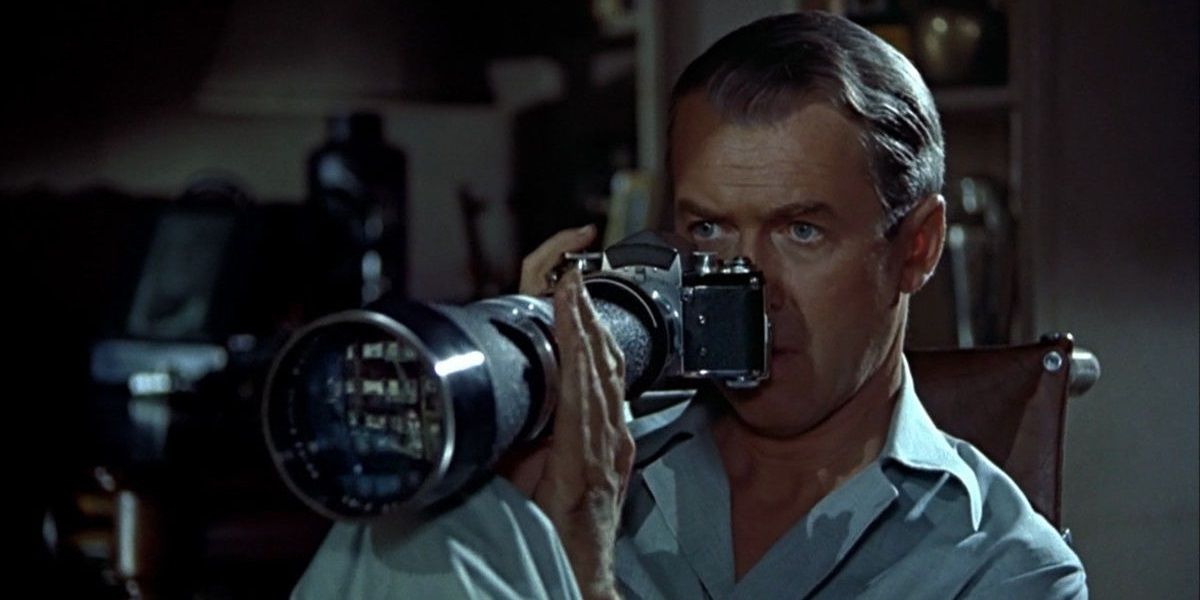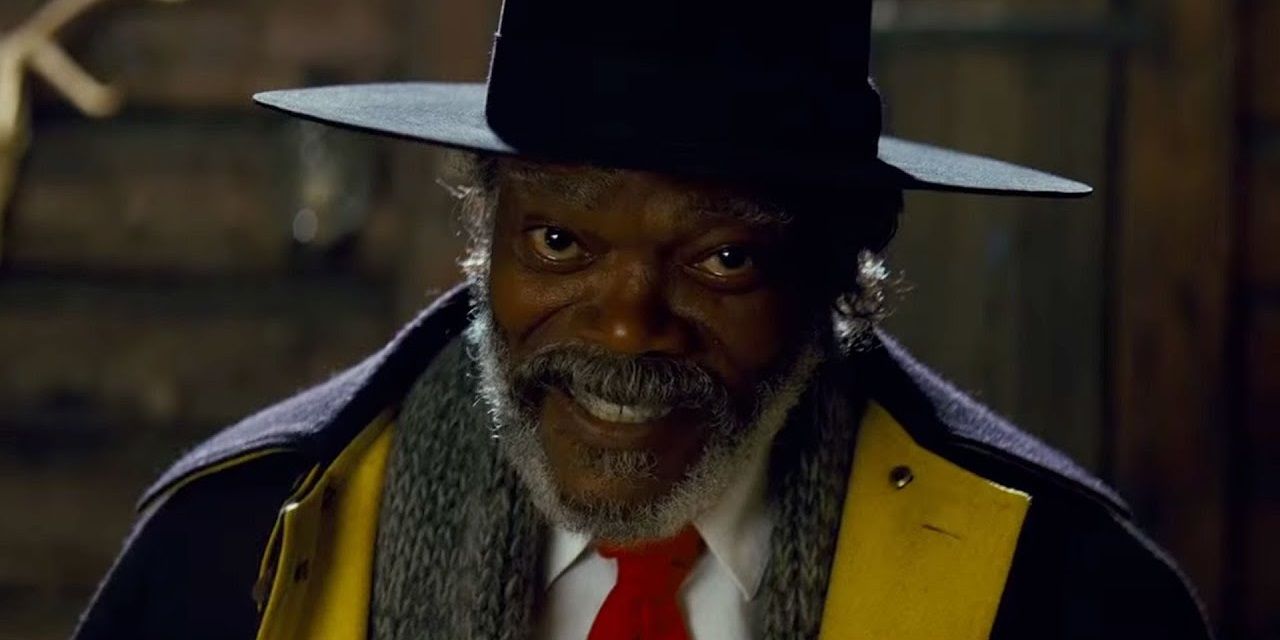While a lot of thrillers are sprawling epics with a large cast and a complex narrative, like Heat or The Departed, confining the story to a single location or including a ticking-clock element can add a layer of claustrophobia to the movie’s suspense.
Quentin Tarantino’s debut feature Reservoir Dogs is mostly set in a single warehouse, the rendezvous point following an off-screen heist gone wrong, where the robbers try to determine who among them is an undercover cop. This kept the budget down, but it also created the perfect dramatic circumstances to test these characters’ trust and loyalty toward one another.
Reservoir Dogs (1992)
Quentin Tarantino would eventually go on to direct such sprawling epics as Django Unchained and Once Upon a Time in Hollywood, but his debut feature Reservoir Dogs is a scaled-back, intimate, self-contained crime thriller.
It’s a heist movie that doesn’t show the actual heist. All we know is that the robbery went horribly wrong, someone in the crew is an undercover cop, and they need to determine who it is before their backup arrives.
Saw (2004)
James Wan introduced moviegoers to the Jigsaw killer in Saw. Two strangers wake up in a mysterious bathroom, chained to pipes, with a dead body lying between them and a puppet baiting them to take part in sadistic games.
They try to figure out why they’re there and who’s responsible while a pair of detectives, played by Danny Glover and Ken Leung, hunt down Jigsaw.
Misery (1990)
Stephen King’s Misery is a tense two-hander about toxic fandom, and Rob Reiner’s film adaptation translated that story to the screen beautifully.
James Caan and Kathy Bates are perfectly cast in the lead roles of Paul Sheldon, a popular author, and Annie Wilkes, the sadistic superfan who saves him from a car wreck, nurses him back to health, and makes his life a living hell.
Panic Room (2002)
Most of David Fincher’s movies have taken influence from Alfred Hitchcock, but the director’s most overtly Hitchcockian thriller is 2002’s Panic Room, which stars Jodie Foster as a single mother who moves into a house with a safe room.
She and her daughter, played by a young Kristen Stewart, have to use this safe room almost immediately after moving in when some burglars break in.
Wait Until Dark (1967)
After being blinded, a woman contends with three terrifying home invaders who believe there’s a doll stuffed with heroin stashed somewhere in her apartment.
Audrey Hepburn gave an Oscar-nominated performance in the lead role of Wait Until Dark, which was directed by Terence Young, the filmmaker who introduced Sean Connery’s 007 to moviegoers in Dr. No and From Russia with Love.
Buried (2010)
Talk about a claustrophobic thriller: Rodrigo Cortés’ Buried is set entirely in a coffin. Ryan Reynolds plays a truck driver working in Iraq who’s kidnapped and buried alive by terrorists with nothing but a Zippo lighter and a BlackBerry phone.
He calls the State Department, who refuse to pay his ransom due to their policy against negotiating with terrorists, but promise to try to find and save him.
Dog Day Afternoon (1975)
Al Pacino gives one of his most memorable performances in Dog Day Afternoon as Sonny Wortzik, who decides to rob a bank to pay for his lover’s gender confirmation surgery. This motive makes Sonny human and relatable.
As the bank is surrounded by cops and his options are dwindling, Sonny realizes he’s in way over his head. Director Sidney Lumet loosely based the movie on a true story.
Parasite (2019)
In Bong Joon-ho’s Parasite, a struggling working-class family named the Kims slowly infiltrate the home of the rich, affluent Parks, with the mother, father, son, and daughter all landing jobs working for the family. As with all of Bong’s other movies, Parasite is an indictment of capitalism, highlighting the class divide by showing three levels of the economic chain, with the protagonists caught in the middle.
At the movie’s shocking, game-changing midpoint, a third family is introduced to the mix in an even direr financial situation than the Kims. Parasite is a complex, well-constructed story confined mostly to a single house.
Rear Window (1954)
Alfred Hitchcock is the director most commonly associated with the thriller genre. A lot of the common suspense-building tricks used in modern thriller were pioneered by Hitchcock. Hitch’s decades-old thrillers like Psycho and The Birds still hold up today.
1954’s Rear Window stars James Stewart as a photographer confined to a wheelchair by a broken leg. Out of boredom, he gets into the habit of spying on his neighbors through one of his lenses and becomes convinced that one of them is a murderer.
The Hateful Eight (2015)
Quentin Tarantino came full circle with his eighth movie The Hateful Eight, a revisionist western that’s confined mostly to one room where a group of people don’t know if they can trust each other.
The titular octet in The Hateful Eight is stranded in a haberdashery in the middle of a snowstorm and it becomes increasingly apparent that they won’t all survive the cold night.

